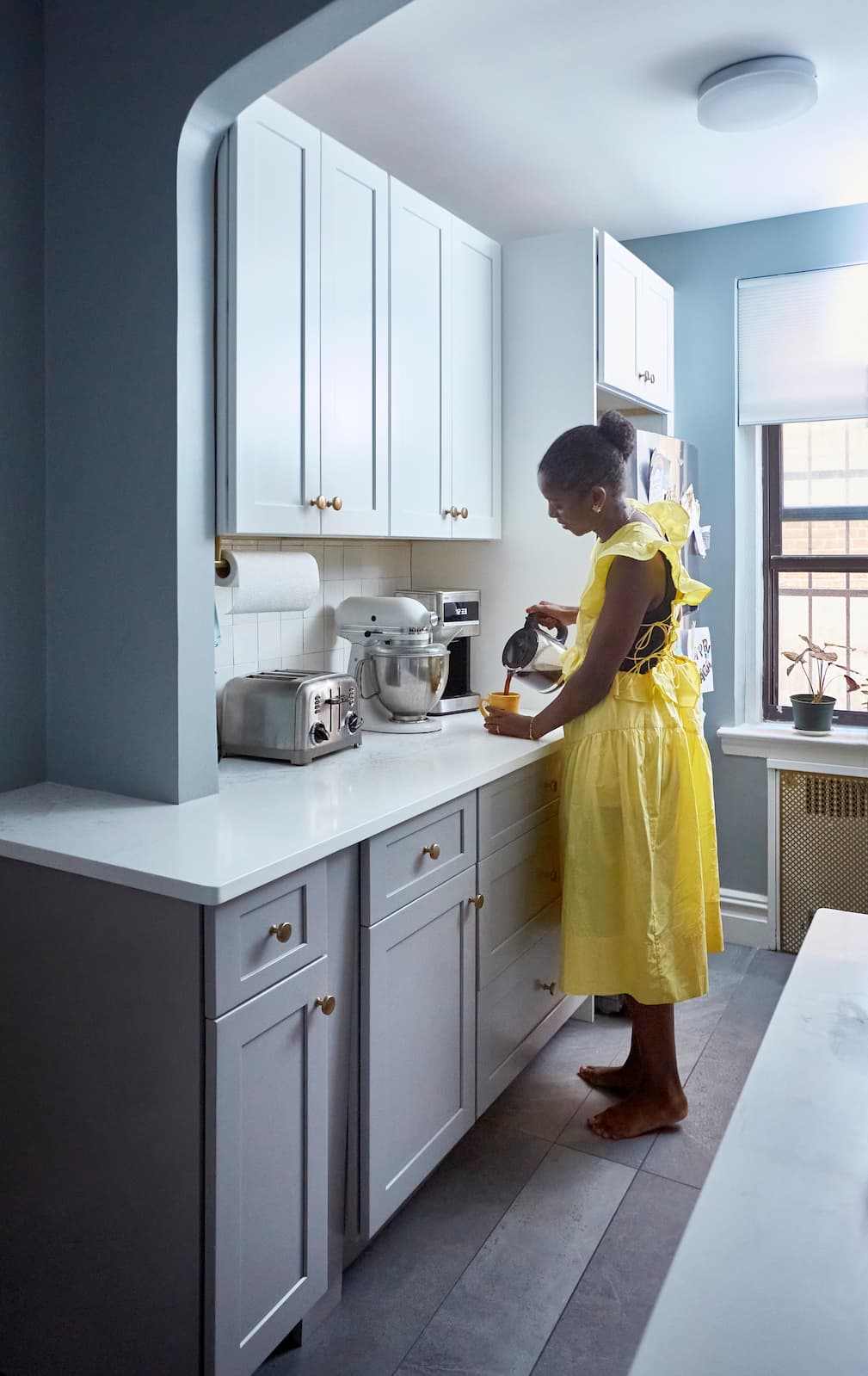
Contractors
What is a General Contractor, Exactly?
09.30.2020

In This Article
Renovate confidently with Block
Get Your EstimatesIn today’s remodeling world, there are generally two types of ways to execute a project: traditional construction also known as Design-Bid-Build (DBB) and Design-Build (DB). For the most part, a lead contractor is involved in both types of construction, however, there are some differences. So, what’s right for your project? Design-build vs. general contractors?
This scenario involves a lead contracting company that designs, bids your project out to subcontractors and then oversees the build. Whirlwind Steel offers some of the pros and cons of this type of contractor.
Tight control over who designs the project and how it will be built. In most communities, DBB contractors are what you’ll see in the most in entire homes being built. Why? Residential home builds are more artistic and creative and some require certain types of licensing. That means it’s cost-effective to design the project first, put it out for bid and then complete the project.
There are disadvantages to using the DBB method.
One might think of the DBB method as “too many cooks in the kitchen” where accountability is hard to determine.
Simply put these firms design and build the project. Most design-build firms will utilize the same construction staff to complete their projects or keep them in constant employ. This makes for easy flow of a renovation or other construction project. Everyone is under one roof and everyone is on the same page.
K-Con, Inc. offers the advantages of design-build.
For home building, a DBB contractor may be the way to go. They are experienced and have the subcontractors needed for every part of the job from the roof to the foundation.
On the other hand, if you’re looking for home renovations like a kitchen, bathroom or other room, a design-build contractor is the way to go. Design-build firms have tackled home renovations more than they have tackled entire homes.
If you’re thinking of renovating all or part of your home, the structure of your home will most likely not change. This is where you would want to hire a design-build firm.
Whether you choose a DBB firm or a design-build firm, be sure to check for licenses, bonds, and required insurances. It’s also a must-do to check references and portfolios before you make a determination on which firm to hire.

Renovate confidently with Block
Easily compare quotes from top quality contractors, and get peace of mind with warranty & price protections.
Thousands of homeowners have renovated with Block

4.5 Stars (100+)

4.7 Stars (100+)

4.5 Stars (75+)
Renovate confidently